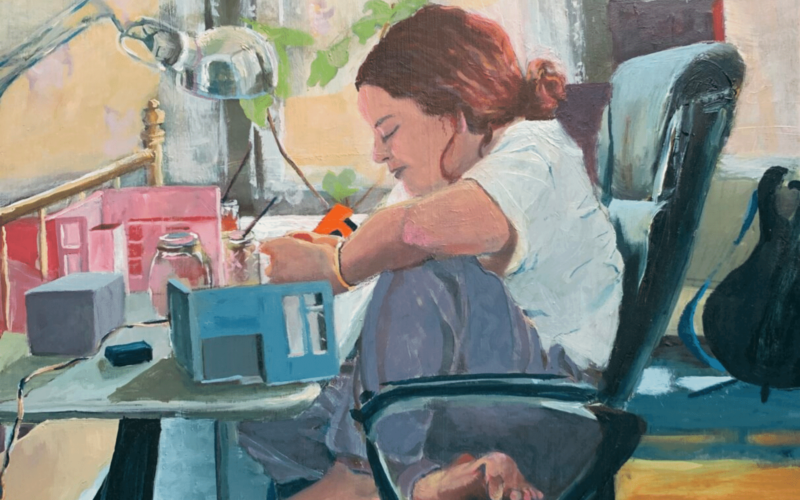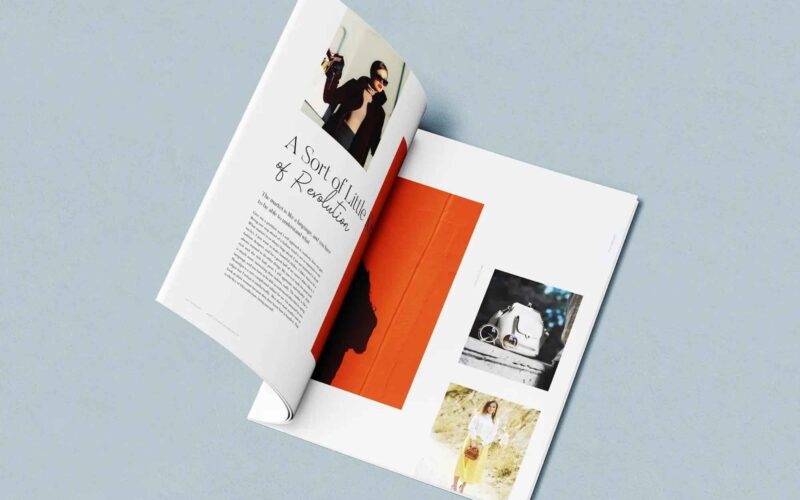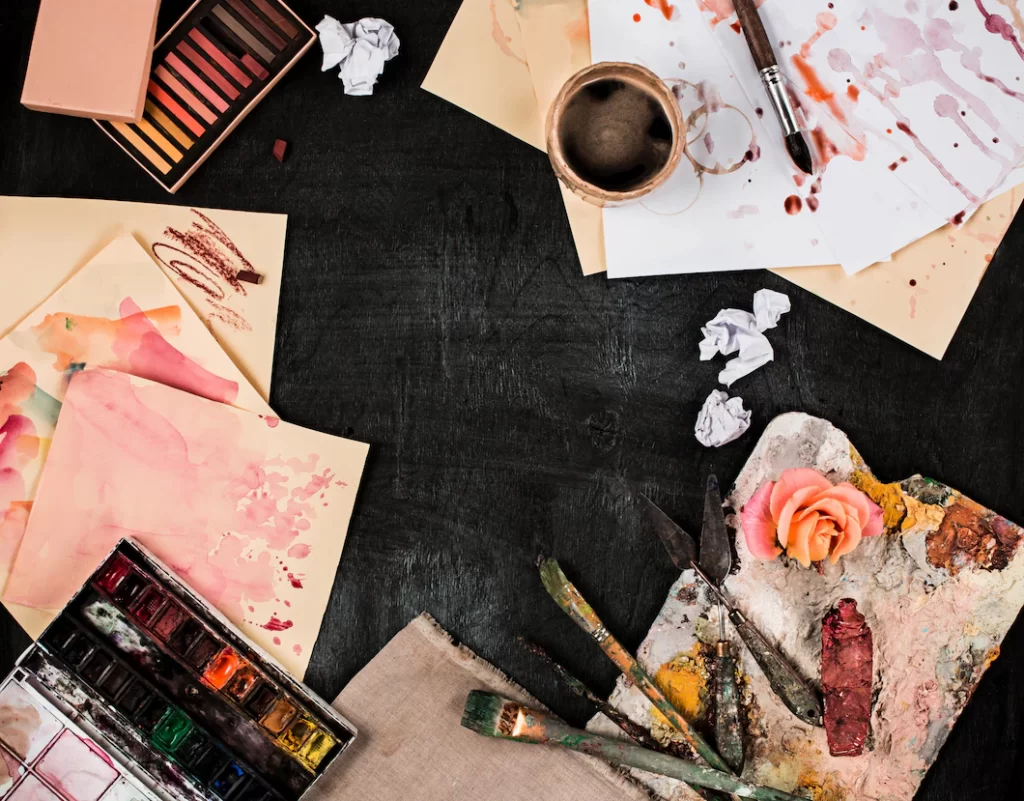
5 things you should do before buying art this festive season


Are you ready to add a festive touch to your art collection this season, but feeling a bit lost on where to begin? Well, fear not! As the holiday season approaches, you can smartly decide to jumpstart your Christmas shopping.
In the art-buying world, collectors change how they buy stuff during the year. Sometimes, art collectors go for new artists, and other times, they stick to famous ones, depending on their usual choices. But when the festive season rolls in, things shift a bit. Collectors start looking for art that’s not just fancy or an investment. They want pieces that make their spaces look good and fit the happy vibes of the season. It’s not just about buying something; it’s about finding art that feels right for the festive mood.
Navigating the art world might seem a bit daunting, but don’t let that stress you out. We’re here to simplify the process and guide you through making those important decisions. So, let’s turn your holiday season into a gallery of joy and thoughtful selections
What should art collectors be doing in October and Early November to prepare for the holiday season?
Research on your favorite artists

Before diving into the world of art buying, take a moment to get to know the artists whose creations catch your eye. Think of it like making new friends – you want to understand them better. Start by checking out their style. Do they use bold colors, delicate strokes, or maybe a mix of both? Figure out what speaks to you.
Next up, explore the themes woven into their art. Are they into nature, abstract concepts, or perhaps everyday life? Knowing this helps you connect with the stories their pieces tell.
Now, think of reputation as an artist’s “social status” in the art world. Do they have a good buzz among art folks? Are they known for pushing boundaries or sticking to classic vibes? A little online sleuthing can reveal a lot.
This friendly detective work helps you make informed choices, ensuring the art you bring home aligns with your tastes and resonates with the artistic community. So, before making those artful decisions, be an art explorer and get to know the creative minds behind the masterpieces.
Look for authentication and provenance certificate


Once captivated by a piece of art, the next critical step is to ensure its authenticity and provenance. These elements not only safeguard your investment but also contribute to the overall narrative of the artwork.
Request and thoroughly review any available documentation, such as certificates of authenticity. Genuine artworks come with proper paperwork, detailing the artist, title, date, and other relevant information. Explore the artwork’s provenance – its history of ownership. A well-documented provenance enhances the work’s credibility, providing insights into its journey through various collections over time.
If in doubt, seek the opinion of art experts or appraisers. Their insights can be invaluable in confirming the legitimacy of the artwork and ensuring it aligns with your expectations.
Verifying authenticity and provenance adds a layer of security to your art acquisitions, offering peace of mind and preserving the integrity of your collection.
Plan your budget before the sales arrive
The importance of meticulous budget planning cannot be overstated. Before the sale day arrives, take the time to establish a well-defined budget, setting a maximum limit that aligns with your financial comfort. This initial step not only provides a clear framework but also prevents the allure of the moment from leading to impulsive and regrettable purchases.
A key aspect of budget planning is to consider not just the upfront cost of the artwork but also various associated expenses. Factor in elements like buyer’s premiums, taxes, and potential costs for transportation or installation. This holistic approach ensures that your budget reflects the comprehensive expenditure involved in bringing a new piece into your collection.
Moreover, when faced with multiple art pieces vying for your attention, it’s beneficial to prioritize based on preference and allocate funds accordingly. This strategic approach helps in making on-the-spot decisions during the sale, ensuring that you secure pieces that truly resonate with your artistic vision while staying within your financial boundaries.

While planning, it’s also wise to maintain a small reserve for unforeseen opportunities or expenses. This financial flexibility allows you to seize unique pieces that may unexpectedly come your way or accommodate any additional costs that might arise during the art-buying process.
Lastly, a nuanced understanding of price trends in the art market is integral to effective budget planning. Familiarize yourself with the current pricing dynamics of artists or styles you’re interested in. This knowledge not only sets realistic expectations but also empowers you to navigate the sale day with confidence, making informed and financially sound decisions.
Choose the right venues

When on the lookout for art, your search grounds should align with what you want, your budget, and your comfort with risk. If you’re considering art as an investment, connect with reputable art dealers, established artists with a solid sales history, or renowned auction houses. Although you might pay a bit more, it’s generally considered a more secure investment. Remember, though, this isn’t financial advice, so it’s wise to consult an expert before making any purchases.
For most people, the joy of buying art stems from a love for it rather than a strict investment mindset. Collect art because you genuinely enjoy it, especially pieces from emerging artists. Understanding that not every artwork might appreciate over time is a risk I’m willing to embrace. So, whether you’re in it for the investment or the sheer joy of collecting, finding the right venue can significantly shape your art-collecting experience.
Have a plan B
Having a backup plan is like having a safety net woven into your collecting journey. It is a backup idea that ensures your experience stays smooth, even if unexpected things happen.


Imagine you really want to buy a particular artwork, but the bidding takes an unexpected turn. Having a backup plan means you can gracefully shift your focus to another piece you like if things don’t go as planned. It’s not about giving up on your first choice but being ready to deal with unexpected situations. Having an alternative option lets you handle uncertainties with ease.
Having a contingency plan goes beyond just bidding at auctions. It could mean spreading your interests across different artists or styles. This way, if one thing doesn’t work out, you have other options to explore. It’s like having a garden with many different flowers, creating a collection that can handle the changes in the art world.
Having a backup plan doesn’t mean you can’t make decisions. It shows you’re adaptable and can think ahead. It turns the art-buying experience from a strict pursuit into a flexible move where each step is guided by both passion and practicality.
What Should You Collect? Some Ideas to Get You Started:















Comments 6